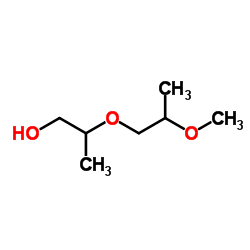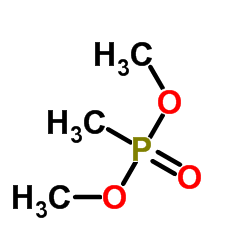| 结构式 | 名称/CAS号 | 全部文献 |
|---|---|---|
 |
二丙二醇甲醚
CAS:34590-94-8 |
|
 |
甲基膦酸二甲酯
CAS:756-79-6 |
| 结构式 | 名称/CAS号 | 全部文献 |
|---|---|---|
 |
二丙二醇甲醚
CAS:34590-94-8 |
|
 |
甲基膦酸二甲酯
CAS:756-79-6 |